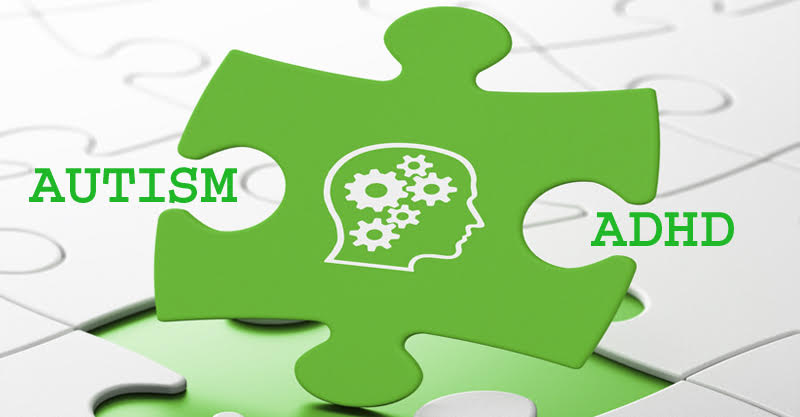A “silent pandemic of neurodevelopmental toxicity” is disabling a generation of children around the world. This is the verdict of neurology experts Philippe Grandjean and Philip Landrigan in a 2014 report in Lancet Neurology. The staggering tsunami of developmental disabilities now affects at least one in six children in the U.S. and millions more worldwide. Two new studies suggest that the most common of these illnesses—autism spectrum disorder (ASD), attention-deficit hyperactivity disorder (ADHD) and tics—are related to each other and may share common causation. The culprit? Environmental toxins, particularly heavy metals.
About 11% (or one in nine 4-17-year-olds) have received an ADHD diagnosis—and in some states, as many as 19%. The most recent ASD estimates in the U.S., from 2014 data, report a prevalence of one in 45 children, representing a “significant increase” compared to 2011–2013.
Adding to the worry, scientists and physicians are increasingly seeing children with multiple neurodevelopmental disorders. Children with “comorbid diagnoses” (i.e., more than one disorder) often have “greater levels of emotional, behavioral and educational impairment and the need for more intensive treatment.” Notably, ASD and ADHD frequently co-occur. The current version of the Diagnostic and Statistical Manual of Mental Disorders (DSM-V) recognizes this trend by allowing for a combined diagnosis, whereas prior versions (DSM-IV and DSM-IV-TR) barred simultaneous ADHD and ASD diagnoses.




